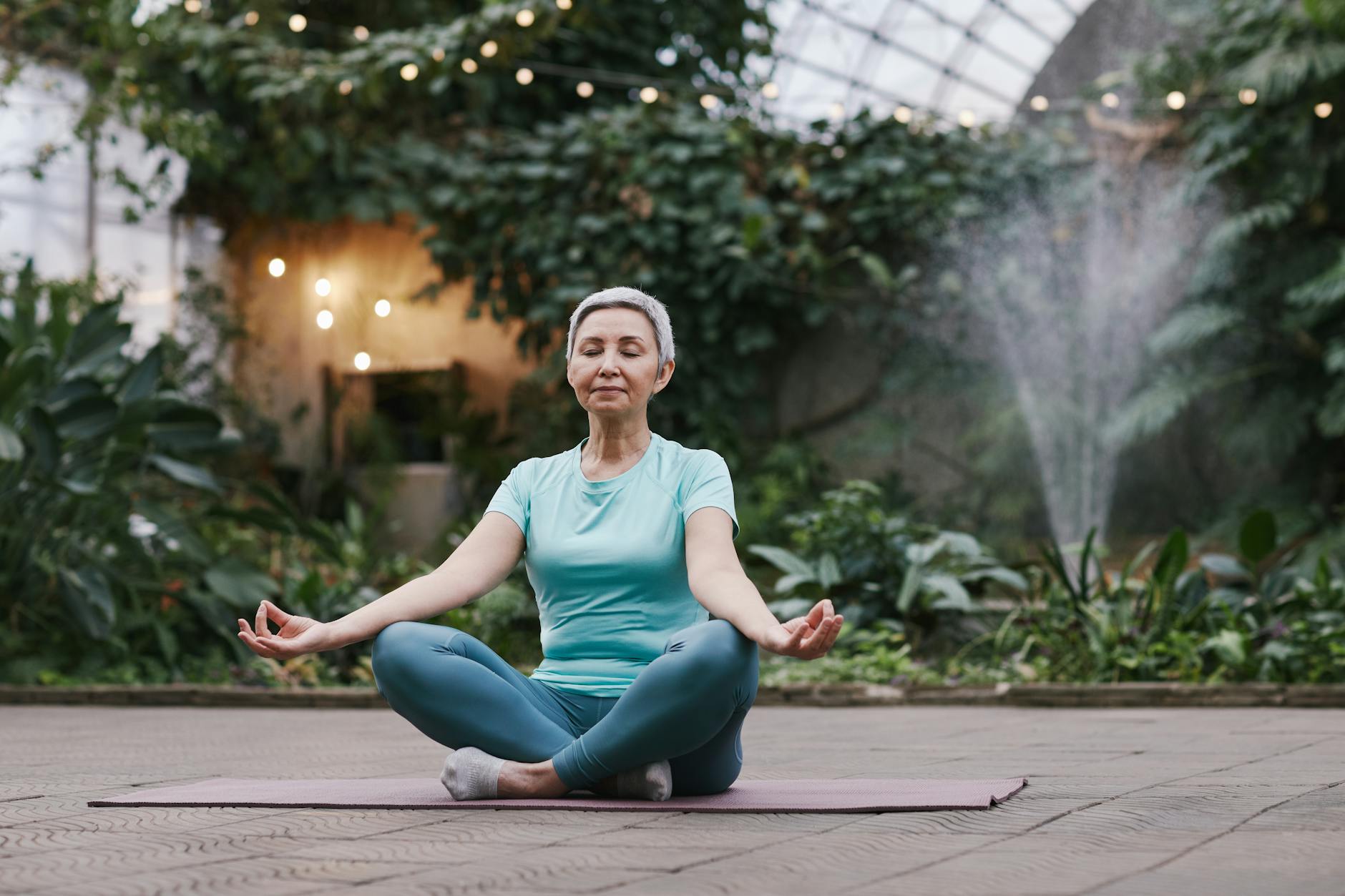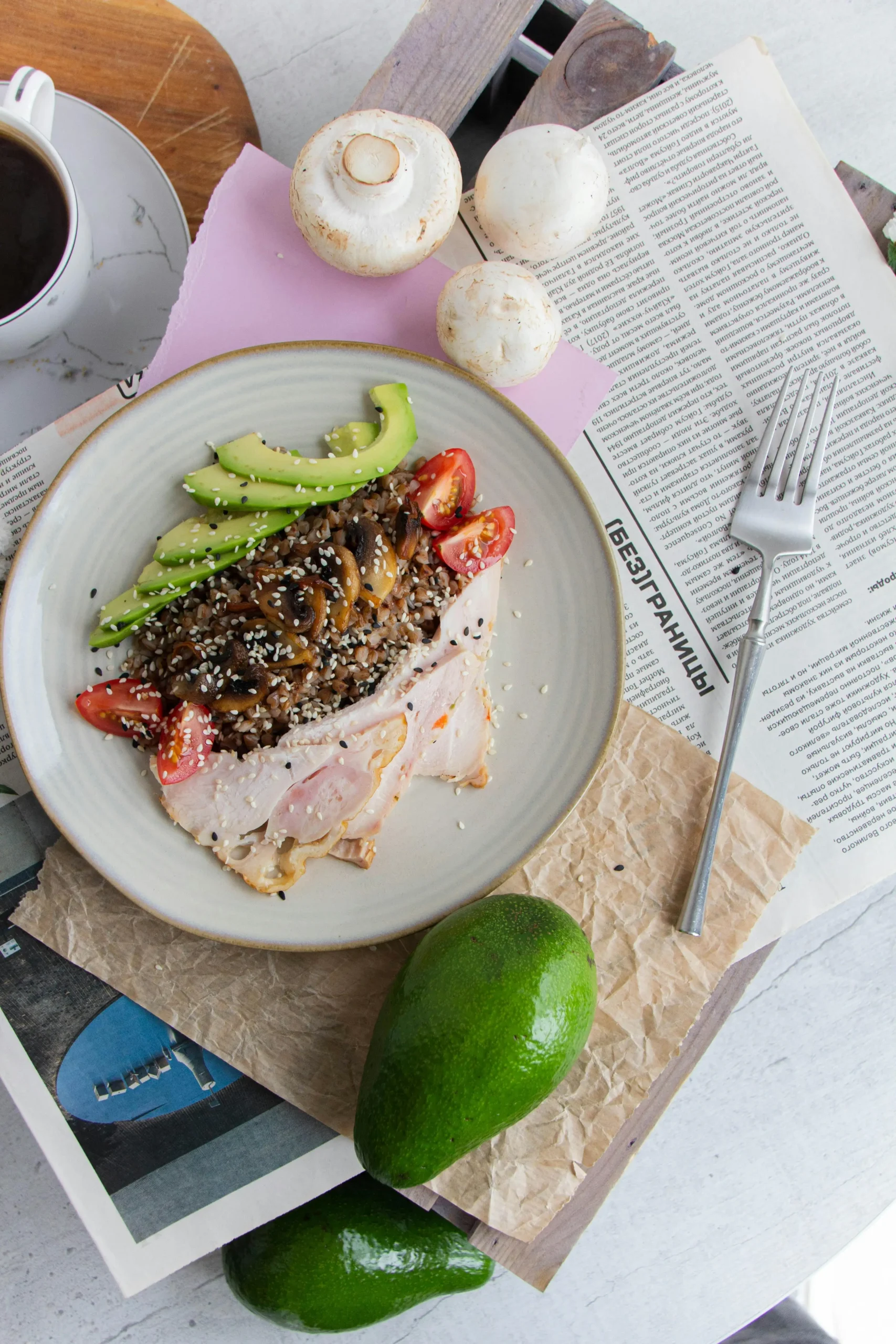Good Lifestyle: Simple Habits for Energy and Health
Sunlight slips through the curtains, the kettle hums, and you feel clear, steady, and unhurried. Your feet hit the floor with ease, not dread. Breakfast is simple, colorful, and real, and your mood matches the morning light.
That feeling is the heart of a good lifestyle. It comes from small daily choices that stack up, not strict plans. Think calm meals, steady movement, and short breath breaks you can keep.
In 2025, the focus is on whole foods, mindful eating, and routines that fit real life. People are choosing fiber-rich plants, clean proteins, and less ultra-processed stuff. They slow down at the table, notice flavor, and stop at satisfied, not stuffed.
Tiny shifts add up. A 10-minute walk after lunch, a phone-free hour at night, and a glass of water at your desk can spark better sleep, steady energy, and a clearer mind. Short check-ins with friends, a weekly cook-up, and a simple stretch flow can build stronger friendships and a body that moves well.
This guide shows how to eat, move, and relax without fuss. You will learn quick wins for meals, simple ways to stay active, and easy tools for stress. The goal is a calm rhythm you enjoy, one that supports your health today and for years.
Eat Smart to Fuel Your Best Days
Picture a plate that keeps you steady all day. Simple foods, bright colors, and enough fiber and protein to carry you from morning to night. Small choices like this, repeated, set the tone for calm energy in 2025.
 Photo by RDNE Stock project
Photo by RDNE Stock project
Build Meals Around Plants and Whole Foods
Getting at least five servings of fruits and vegetables a day is a smart baseline. Studies link about five servings with lower risks of early death and heart problems. See the simple 2 fruit and 3 vegetable mix outlined by the American Heart Association in their overview of the “5‑a‑day” pattern: AHA on the right 5‑a‑day mix.
Aim for real food first. The Mediterranean style favors vegetables, beans, whole grains, nuts, olive oil, fish, and modest dairy. It is flexible, family friendly, and research backed. Review a clear starter guide here: Mediterranean Diet, Cleveland Clinic.
Use a simple plate guide:
- Half vegetables: salad greens, roasted carrots, sautéed greens.
- Quarter whole grains: quinoa, farro, brown rice.
- Quarter protein: beans, lentils, fish, or chicken.
Make it easy with small shifts:
- Beans in soups: add a can of chickpeas to tomato soup.
- Seasonal swaps: spring asparagus, summer tomatoes, fall squash, winter citrus. Seasonal produce tastes better, often costs less, and lowers shipping impacts in 2025.
- Weekend prep: roast a sheet pan of vegetables, cook a pot of lentils, and wash greens.
Quick story: a busy parent chops cucumbers, peppers, and rotisserie chicken on Sunday. Lunches become 5‑minute grain bowls all week.
Cut Back on Hidden Sugars and Salts
Extra sugar often hides in drinks, bars, and sauces. It adds calories, drives weight gain, and harms teeth. Read labels and watch for words like sucrose, fructose, corn syrup, and maltose.
Simple swaps that work:
- Fruit over candy; pair with nuts for staying power.
- Herbs, citrus, and garlic instead of extra salt.
- Sparkling water with a splash of juice in place of soda.
Keep salt near 1 teaspoon a day across your meals. Taste food before salting. Use spices like cumin, smoked paprika, and thyme.
Try gradual 2025 goals:
- Drop one sugary drink a week, then two.
- Cook one extra dinner at home to control ingredients.
- Fill a water bottle after breakfast and lunch.
- Add fiber at each meal, like oats, beans, or chia, for better digestion.
Home cooking does not need to be fancy. A skillet, olive oil, frozen veggies, and eggs can become dinner in ten minutes.
Move More and Rest Well for Lasting Energy
Think of your day like a tide, movement lifting you up and sleep smoothing the shore. A short walk in morning light, a few strong holds at your desk, and a calm wind‑down at night can steady your energy without caffeine or willpower. Move your body, then guard your sleep. They work as a team.
 Photo by Marcus Aurelius
Photo by Marcus Aurelius
Find Joy in Everyday Movement
Skip the pressure of perfect workouts. Aim for 10,000 steps on most days, or start with 4,000 if you have been sitting a lot. Add 500 steps every week. Walking boosts heart health and releases feel‑good chemicals that lift mood.
Try a 10‑minute home yoga flow after work. Choose gentle sun salutations or hip openers. Your breath will slow, your joints will warm, and stress will loosen its grip. Mix in simple isometrics on busy days: wall sits, plank holds, or a 20‑second glute squeeze while the kettle boils.
Fresh air adds another layer. In 2025, outdoor time is a clear mood booster. A short session in green space can lower stress and sharpen thinking, even at 20 minutes a day. See the overview on how nature supports mental health from ACSM: Access to Nature Improves Mental Health.
Make it social for fun and follow‑through:
- Walk‑and‑talk with a friend at lunch.
- Park circuits: three benches, three moves, three rounds.
- Weekend nature hour: trail stroll, city park loops, or beach steps.
Start small, repeat often, and let movement feel easy.
Create a Sleep Routine That Works
Good sleep powers every other habit. Aim for 7 to 9 hours with the same bedtime and wake time, even on weekends. Skip the snooze button. Morning light for 5 to 10 minutes cues your body clock and makes sleep easier at night.
Set the scene:
- Dim lights one hour before bed.
- No screens in that last hour, or use a paper book.
- Keep the room cool, quiet, and dark.
Try this sample routine:
- 9:00 PM herbal tea and a few pages of light reading.
- 9:20 PM gentle stretches and three slow breaths, in through the nose.
- 9:30 PM lights out.
Better sleep supports sharper focus, steadier mood, and lower stress. For a clear review of sleep’s benefits, see the Sleep Foundation guide: Benefits of Sleep.
Pair your days with movement and your nights with calm. Energy stays with you.
Ease Your Mind and Connect with Others
Small moments of calm and warm ties with people you trust can change your day. In 2025, the focus is simple: steady your mind, then build a circle that feels safe and real. Think five quiet minutes, a kind text, and a dinner you share without phones.
 Photo by PNW Production
Photo by PNW Production
Practice Simple Mindfulness Every Day
Calm grows when you practice a little, often. You do not need special gear or long sessions.
Try these easy options:
- Five-minute breathing: Sit tall. Inhale through your nose for 4 counts, exhale for 6. Repeat.
- Notice nature on a walk: Pick three things to see, two sounds to hear, one scent to find.
- One-minute check-in: Name how you feel, name where you feel it, breathe once on purpose.
- Optional apps: Short guided tracks can help you start. The Mayo Clinic’s overview of simple techniques is clear and helpful: Mindfulness exercises.
Keep it light:
- Gratitude cue: At bedtime, list two small wins. Keep it to one minute.
- Social scroll limits: Set a 20-minute cap, mute noisy accounts, and log off after sunset.
Beginner guided calm, 2 minutes:
- Sit and place a hand on your chest.
- Inhale 4, feel your ribs widen. Exhale 6, soften your jaw.
- Say quietly, “I am here.” Pause for two easy breaths.
- Scan from forehead to toes. Relax what you notice.
- End with one kind thought for yourself.
Small practices reduce anxiety and sharpen focus. For simple daily ideas, see this short guide: 5 Simple Mindfulness Practices for Daily Life.
Strengthen Bonds for a Happier You
Strong ties act like a windbreaker on a cold day. They buffer stress and bring joy. In 2025, quality counts more than volume.
Make it doable:
- Schedule tiny touchpoints: two 10-minute calls a week.
- Shared meals: soup night, taco Tuesday, or potluck once a month.
- Group walk for connection: invite two neighbors, keep phones away, talk as you stroll.
- Phone-free hour: pick the same hour nightly for family chat or a board game.
Try a simple plan:
- Text three people today. Set one coffee date.
- Start a monthly dinner thread. Keep dishes simple.
- Join one small group you enjoy, like a book club or craft circle.
Social connection supports mental health across life. New guidance highlights links to lower stress and better health outcomes: WHO on social connection and health.
Choose a few actions, repeat them, and let your circle grow steady and kind.
Conclusion
A good lifestyle is built in quiet moments, not grand moves. Keep your plate colorful and simple, move your body each day, protect your sleep, and steady your mind with short, real breaks. These small acts support steady energy, clear focus, and a mood that fits the morning light from the start of this guide.
Pick one change for 2025 and begin today. Add a serving of vegetables at lunch, walk for ten minutes after dinner, or set a phone-free hour before bed. Lock it in for a week, then stack another. Habits compound like interest, slow at first, then strong, and they shape a life that feels light and grounded.
Let these choices give you easy mornings, calm afternoons, and deep rest at night. Your days will feel smooth, your friendships will warm, and your body will thank you. Start small, stay steady, enjoy the shift.
Share your first step in the comments, and check back with your progress next week. Your story can nudge someone else to begin.







